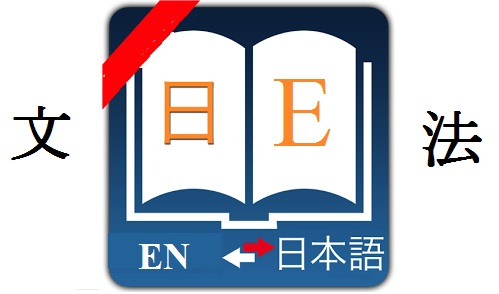Japanese どうも grammar doumo
Let’s learn Japanese どうも grammar doumo :
Japanese どうも grammar doumo
Formation :
どうも + clause
Meaning and how to use :
Express the feelings “suspicious”, “don’t know why it is”. The predicate is often the negative ways of speaking.
Example:
1. 彼の言葉はどうもおかしい。
Kare no kotoba ha doumo okashii.
His words are strange somehow.
2. この機械はどうもうまく動けなかった。
Kono kikai ha doumo umaku ugokenakatta.
I don’t know why this machine doesn’t work well.
3. どうもいい気持ちが持ちます。
Doumo ii kimochi ga mochimasu.
Somehow I have a good feeling.
4. どうも寒気がする。
doumo samuke ga suru.
Somehow I feel cold.
5. どうも彼女は私と秘密を打ち明けました。
Doumo kanojo ha watashi to himitsu wo uchiakemashita.
I don’t know why she revealed her secret to me.
Note: 「それがどうも」 is a euphemism that is used to avoid talking about bad things. In many cases, it can be replaced by「なんだか」、「なんとなく」
Ref : tuhoconline
Written above is Japanese grammar どうも. In case you don’t understand the signs that we used in fomation, you can find their meaning here : signs used in Japanese grammar structures.
You can search the structure you want by using the search tool on our website (using key : grammar + ‘structure name’ or you can find more Japanese grammar structures in the following category : Japanese grammar dictionary
